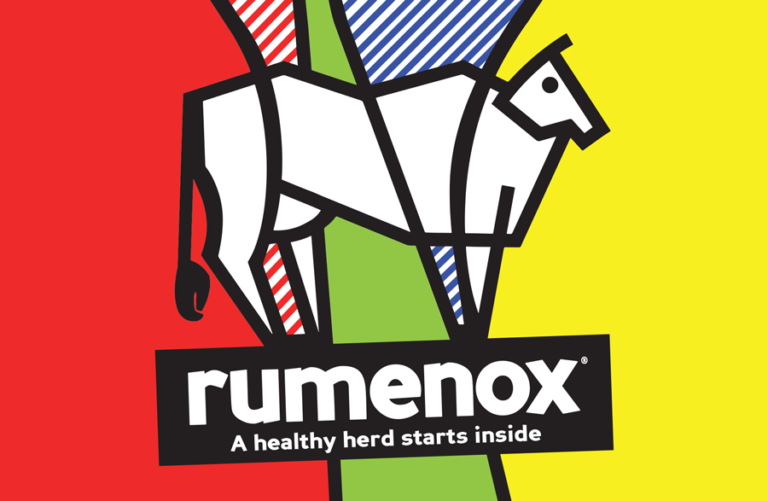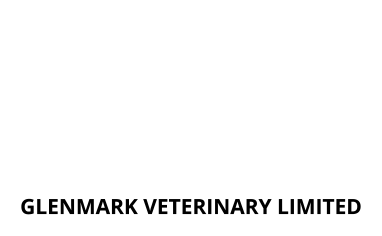The active ingredient in Rumenox.
Rumenox is the market leading form of monensin in New Zealand. It is available in two forms:
Rumenox® – A water soluble form of monensin, designed to be administered through stock water via in-line dispensers such as Dosatron/Nutridose.
Rumenox® 200 Premix – a feed grade form of monensin, designed to be added to feed via in-shed feeding, a mixer wagon or a Mineraliser/Conedose via molasses.
It is important that Rumenox® and its monensin component is accurately administered to cows to ensure recommended dose rates are achieved.
Monensin the active ingredient in Rumenox® is well recognised as one of the most internationally researched animal health products used in production animals.
Veterinarians and feed suppliers see monensin as a crucial tool in the animal health toolbox – That’s why Rumenox® is trusted and recommended by them throughout New Zealand.
Put simply the monensin inside Rumenox® helps a cow’s rumen function the way it should!
Monensin adjusts rumen fermentation to a level that is more beneficial to the overall health of the cow. The mode of action of monensin is well-documented and supported by decades of rigorous research.
Studies in New Zealand investigating the effectiveness of monensin have led to registered claims through the ACVM for Rumenox® of:
Ketosis control
Bloat protection
How monensin works.
To understand how monensin works and its impact on our cows, it’s helpful to first review what happens during fermentation in the rumen.
Cows and the microbes in their rumen have a symbiotic relationship: the cow provides a suitable environment for the microbes to thrive, while the microbes help break down the cow’s feed through fermentation. This partnership allows cows to efficiently digest high-fiber diets, such as pasture.
When a cow eats, microbes in the rumen break the feed down into three primary energy sources called volatile fatty acids: acetate, propionate, and butyrate. Acetate and propionate are absorbed and processed by the liver, providing energy for production, maintenance, reproduction, and other functions.
Of these, propionate is more efficient at extracting energy from feed than acetate, which is then converted into energy instead of being lost.
Monensin works by altering the balance of rumen microbes, shifting the production towards more propionate. Specifically, monensin targets the microbes that primarily produce acetate (gram-negative bacteria), reducing their ability to reproduce. This gives an advantage to the microbes that produce propionate (gram-positive bacteria), increasing propionate production and effectively enhancing the metabolic energy value of the feed.
Benefits of monensin for your cows.
Monensin provides several advantages for your dairy herd, with the key benefits.
When should I administer monensin to my cows?
Monensin can benefit cows throughout their lactation cycle, but it has the greatest effect when a cow’s energy intake is low, such as during:
The springer stage
When cows have limited feed intake due to the space taken up by the growing calf in the uterus.
Early lactation
When cows are in a negative energy balance (not consuming enough energy to support milk production and relying on fat reserves).
Periods of heat stress
When cows eat less due to the discomfort of high temperatures.
Beyond peak lactation
As feed quality / pasture ME reduces.
Rumenox®’s (monensin) effectiveness is backed by over 2300 published papers internationally and locally with over 20 trials conducted in New Zealand on pasture systems.
These findings with monensin translate into tangible benefits for dairy farmers. Rumenox and its active ingredient monensin contributes to increased cow performance, more cows in calf through reduced subclinical ketosis and reduced cow loss to pasture bloat.
The role of vets and feed suppliers in recommending Rumenox® is instrumental in safeguarding the health and welfare of dairy herds. With Rumenox’s® inclusion of monensin, you can trust in a solution that meets both the rigorous standards of efficacy and safety.
Rumenox is a registered trademark of Glenmark Veterinary Limited. Registered pursuant to the ACVM Act 1997, A011276, A010896.
See foodsafety.govt.nz for registration conditions. Phone 0800 485 123 (0800 GVL 123) rumenox.co.nz
References:
Compton, C.W. (2013). Epidemiology and economics of subclinical ketosis in the NZ dairy industry. Proceedings of the Society of Dairy Cattle Veterinarians of the NZVA, 2013, 183-188. http://www.sciquest.org.nz/node/140773
Compton, C.W, McDougall S., Young, L., & Bryan, M.A. (2012). Prevalenc
e of subclinical ketosis in mainly pasture-grazed dairy cows in New Zealand in early lactation. New Zealand Veterinary Journal, 62(1). http://www.ncbi.nlm.nih.gov/pubmed/23981014
Duffield, T.F., Rabiee, A.R., & Lean, I.J. (2008). A meta-analysis of the impact of monensin in lactating dairy cattle. Part 2. Production effects. Journal of Dairy Science, 91(4). https://www.ncbi.nlm.nih.gov/pubmed/18349227
Lowe, L.B., Ball G.J., Carrutherns, V.R., Dobos, R.C., Lynch, G.A., Moate, P.J., Poole P.R., & Valentine S.C. (1991). Monensin controlled-release intraruminal capsule for control of bloat in pastured dairy cows. Australian Veterinary Journal, 68(1), 17-20. https://www.ncbi.nlm.nih.gov/pubmed/2018451
Muller, L.D., Bargo, F., & Ipharraguerre, I. (2006). Monensin for Grazing Dairy Cows. The Professional Animal Scientist, 22, 115-119. https://www.researchgate.net/publication/279661320_Review_Monensin_for_Grazing_Dairy_Cows
Wilson, G.F., Lynch G.A., & Van der wel, C. (1993). Effects of rumensin anti-bloat capsules on plasma magnesium concentration and aspects of health and performance of pastured dairy cows. Proceedings of the New Zealand Society of Animal production 1993, 53, 447-250. http://www.nzsap.org/system/files/proceedings/1993/ab93059.pdf
Other References:
Agnew, K.E., Morris, C.A., & Cullen, N.G. (n.d.). Evaluation of a liquid formulation of Monensin to control bloat in pasture-fed milking cows. New Zealand Veterinary Journal, 62(1).
http://www.ncbi.nlm.nih.gov/pubmed/16032123
Bukhari, S.A.R. (n.d.) Rumensin 100 Dairy Cattle Premix. http://qualityfarming.blogspot.co.nz/2011/02/rumensin-100-dairy-cattle-premix.html
Duffield , T., Rabiee, A., & Lean, I. (2010). Where and how monensin works. http://www.hoards.com/E_nutrition/nu12
Nagaraja, T.G., Katz, M.P., & Fina, L.R. (n.d.). Rumensin helps to reduce the incidence and severity of legume bloat in cattle. http://krex.k-state.edu/dspace/bitstream/handle/2097/14821/Dairy85pg32-34.pdf?sequence=1
Van der Merwe, B.J., Dugmore, T.J., & Walsh, K.P. (n.d). The effect of monensin on milk production, milk urea nitrogen and body condition score of grazing dairy cows. South African Journal of Animal Science 2001, 31(1) 49-55. https://www.ajol.info/index.php/sajas/article/viewFile/3847/11768
Share:
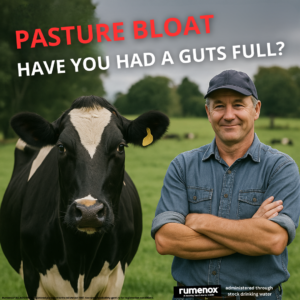
Pasture Bloat – Losing just one cow can cost over $6,000
Pasture bloat is one of the costliest diseases that face the NZ dairy industry. Even with only a small number of cases, a combination of
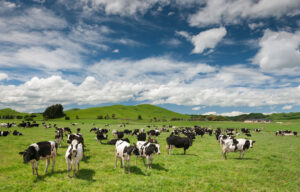
Understanding ketosis in New Zealand dairy cows: causes, symptoms, diagnosis, and treatment
Ketosis is a common metabolic disease that affects New Zealand dairy cows, particularly during early lactation. Learn about ketosis and how to treat it.
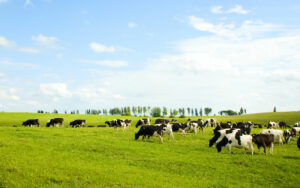
Monensin. The active ingredient in Rumenox.
Rumenox® is the market leading form of monensin in New Zealand. It is available in two forms
